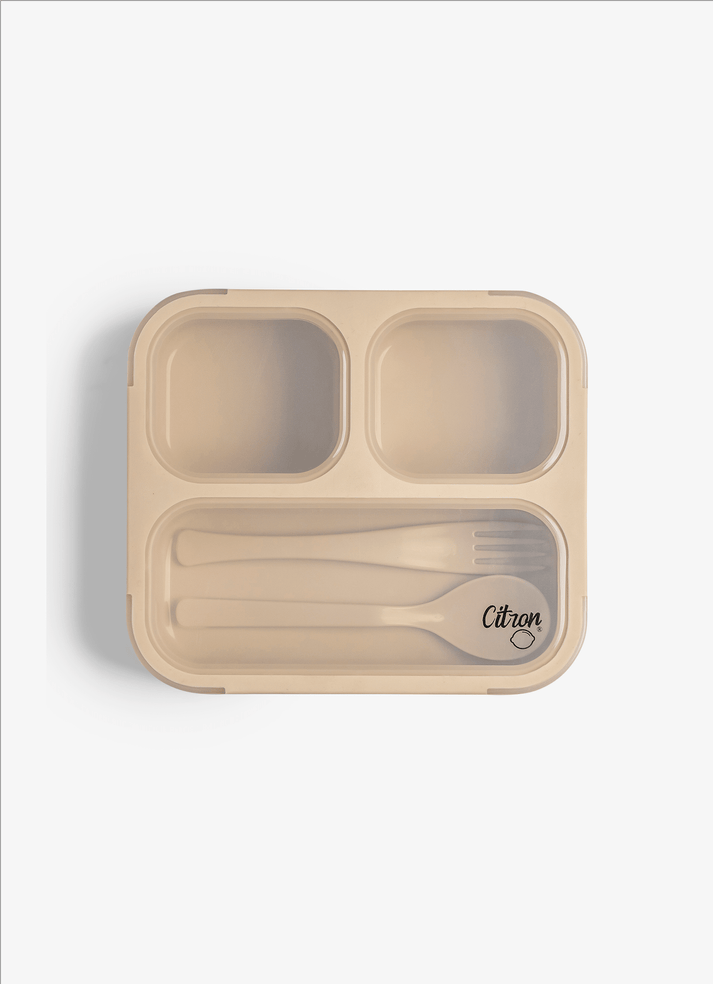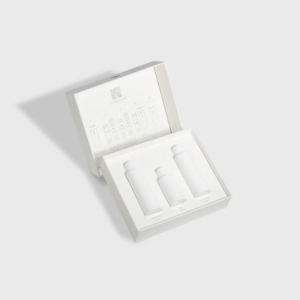Understanding The Difference Between Lunch Boxes And Tiffin Boxes
2 min read
When it comes to carrying food for school or work, the terms “lunch box” and “tiffin box” are often used interchangeably. However, they have distinct origins and variations in usage, which are important to understand. This article will explain the key differences between the best adult lunch boxes and tiffin boxes.
Lunch box:
The term “lunch box” is primarily associated with Western culture. It refers to a container or box used to carry food, snacks, and beverages to school, work, or picnics. Lunch boxes in Western culture are typically made of materials like plastic, metal, or insulated fabric.
Key features of lunch boxes:
Design: Lunch boxes often come in a rectangular or square shape with a hinged lid that opens and closes. They may have compartments or trays for separating different food items.
Materials: Lunch boxes can be made from various materials, including plastic, metal, or fabric. Insulated lunch boxes are designed to keep food at the desired temperature.
Usage: Lunch boxes are commonly used for carrying sandwiches, salads, fruits, snacks, and drinks. They are popular among schoolchildren and adults who bring packed lunches to work.
Tiffin box:
The term “tiffin box” has its origins in Indian culture and is predominantly used in South Asia. Tiffin boxes are an integral part of Indian daily life, where they serve as a means of transporting home-cooked meals to schools and workplaces.
Key features of tiffin boxes:
Design: Tiffin boxes typically consist of multiple stacked containers or compartments that are secured together. Each compartment is used to store different items, such as rice, curry, vegetables, or chapatis (flatbreads).
Usage: Tiffin boxes are specifically designed for carrying a complete meal with multiple dishes. They are widely used to transport hot, home-cooked meals to schools and workplaces. Tiffin services, where homemade meals are delivered to offices and schools, are also popular in many parts of South Asia.
Key differences:
Design and composition: The fundamental difference lies in the design and composition of the containers. Lunch boxes are typically single containers with compartments, while tiffin boxes consist of multiple stacked compartments for a complete meal.
Usage: Lunch boxes are versatile and can be used for various types of meals and snacks. Tiffin boxes, on the other hand, are specifically designed for carrying full meals and are often used to transport hot, home-cooked food.



